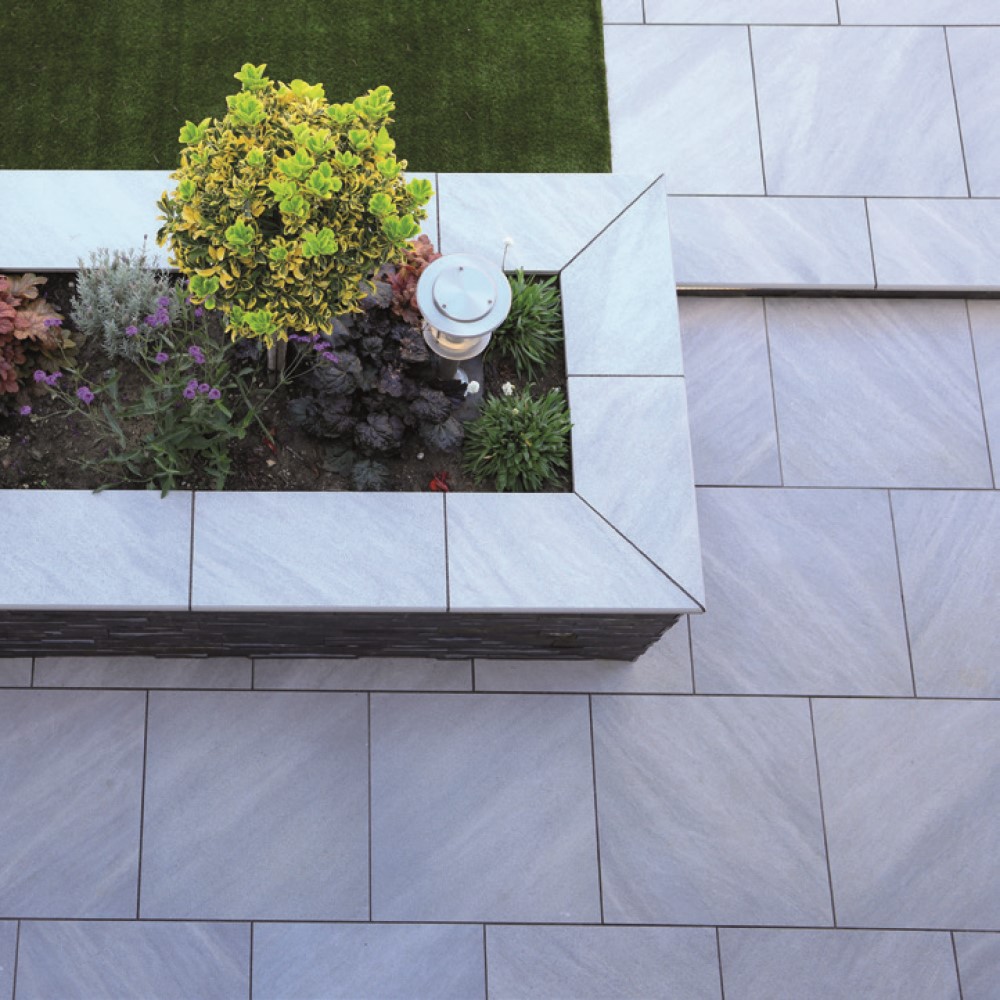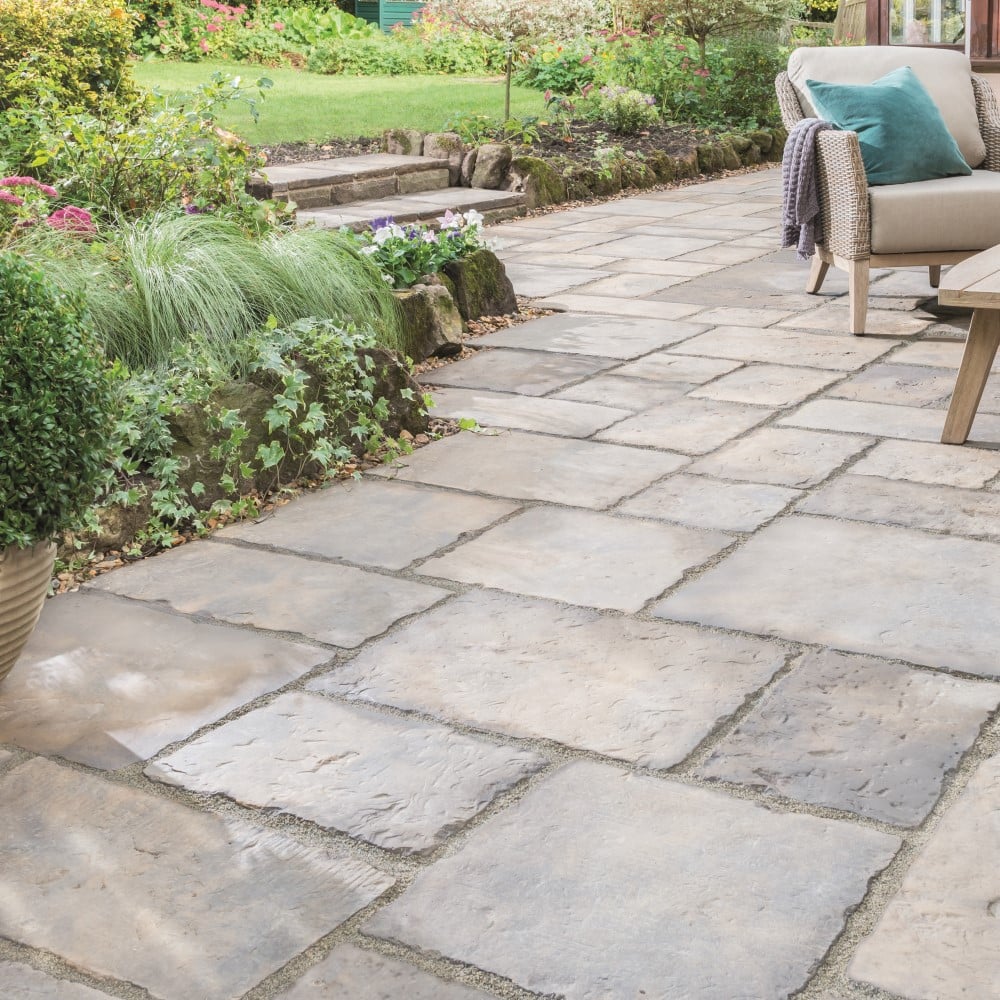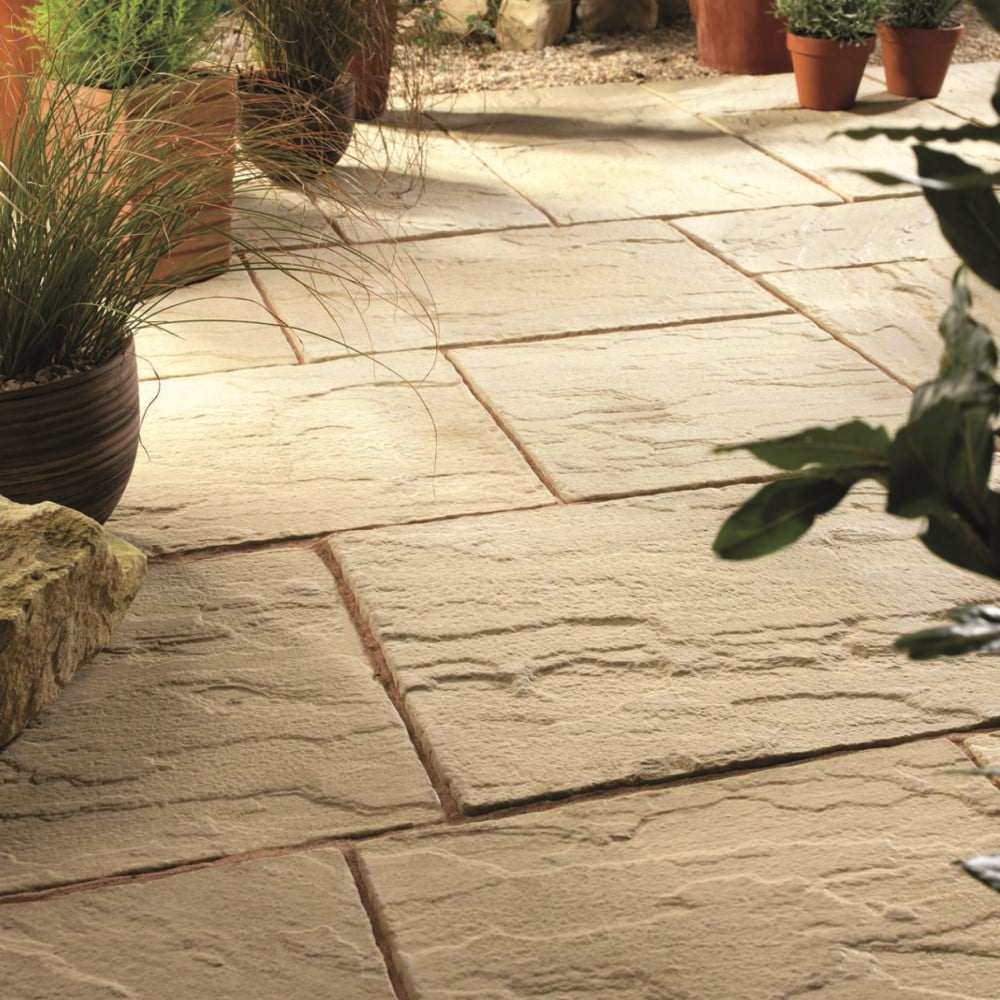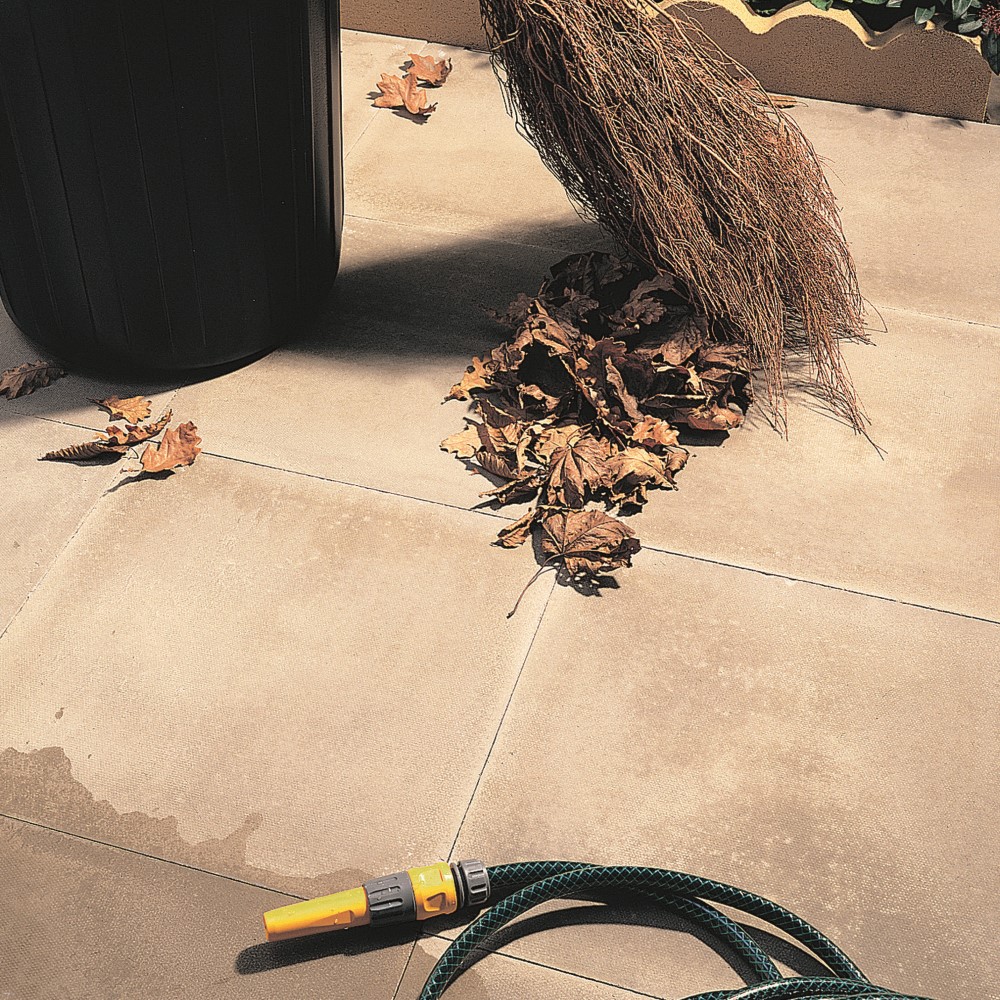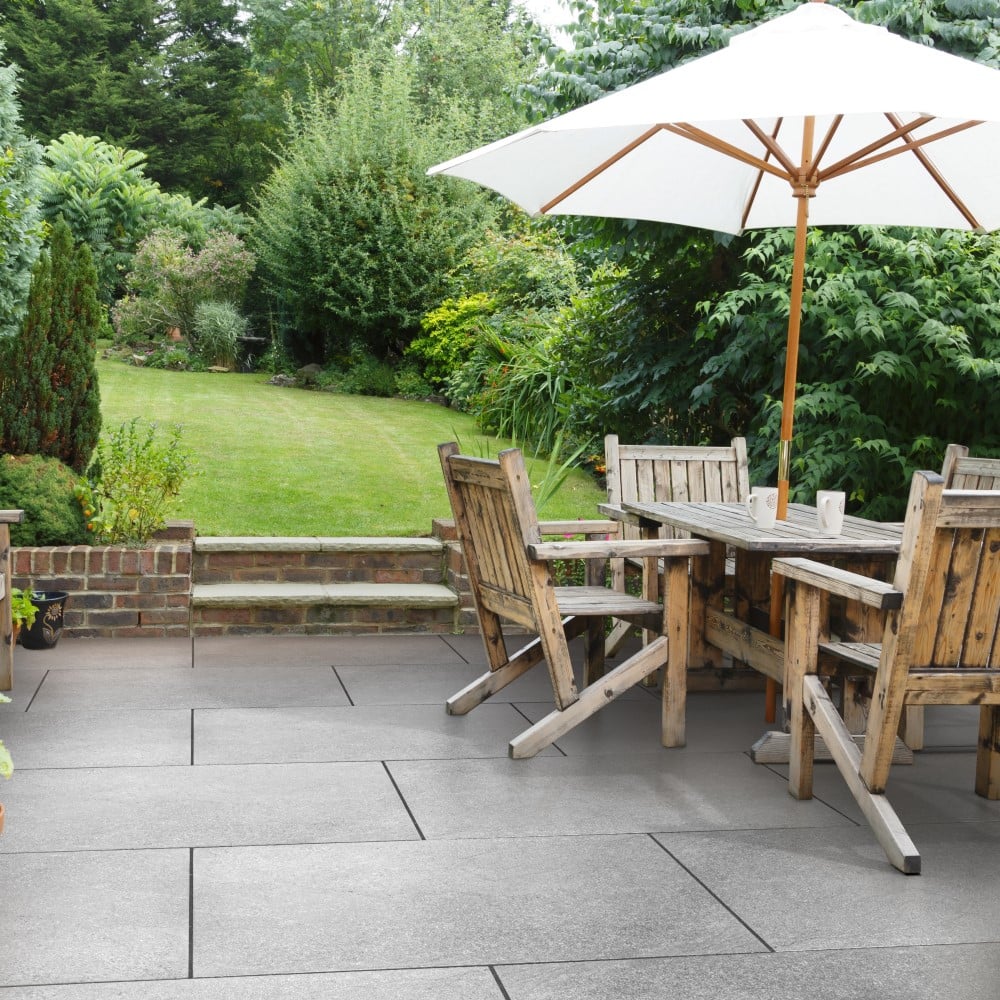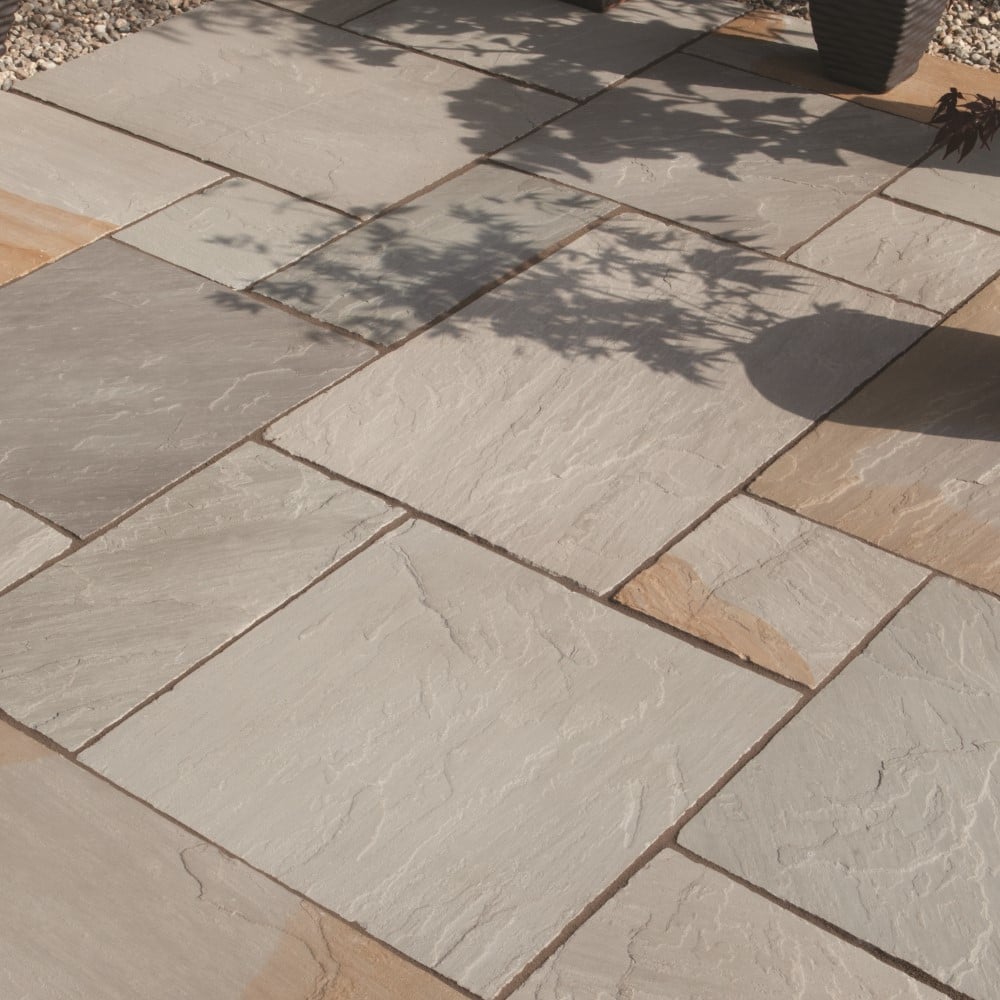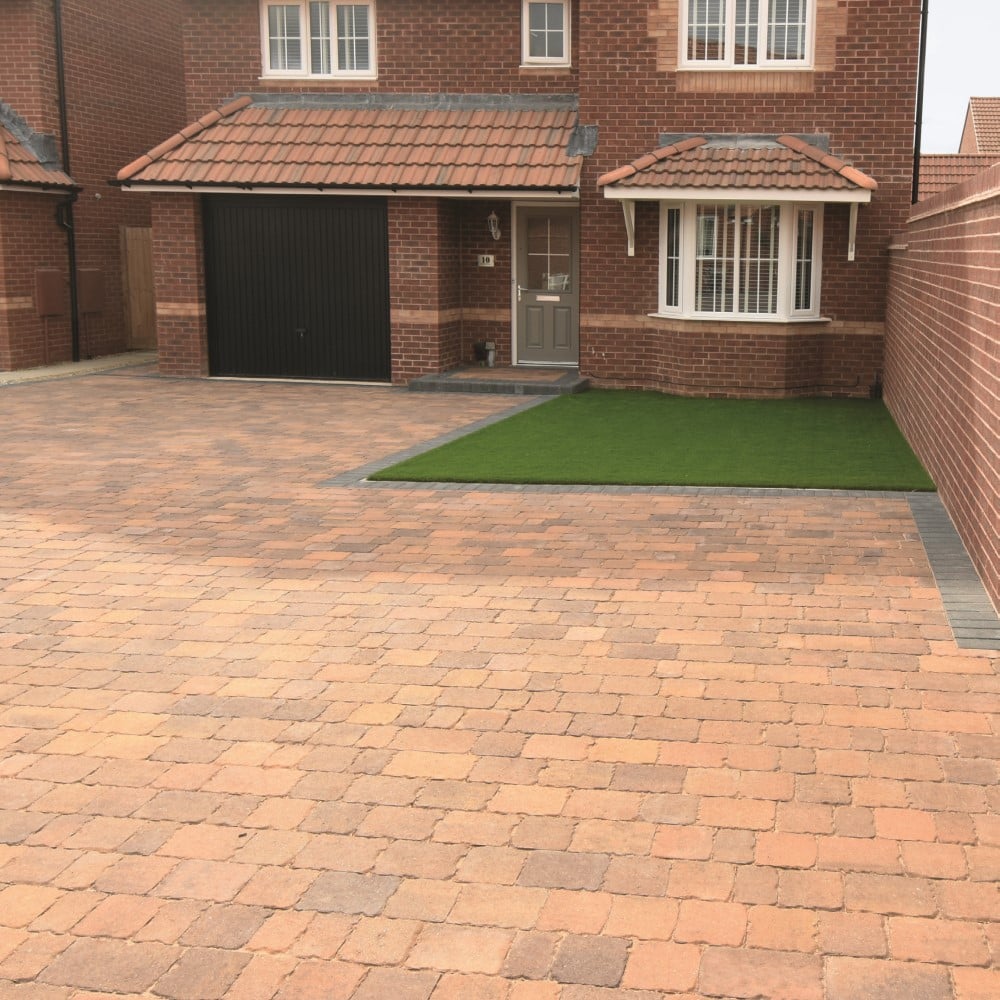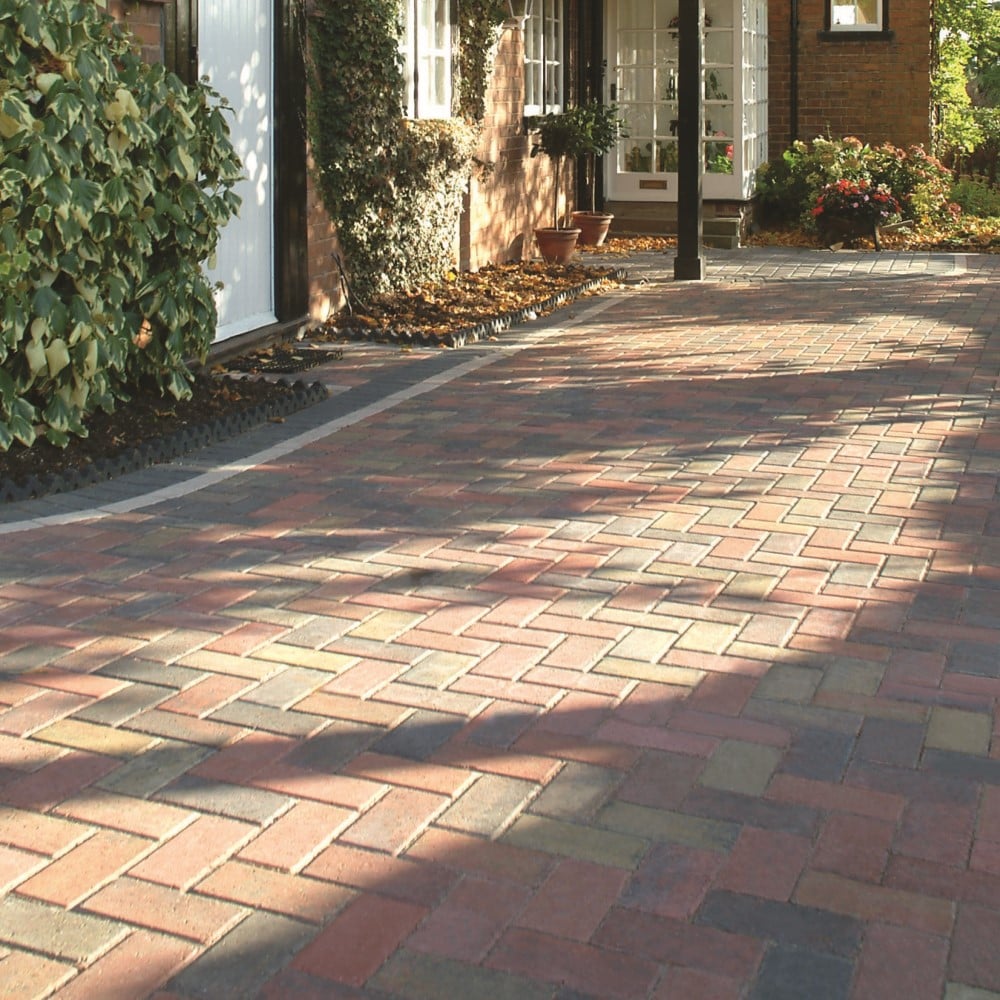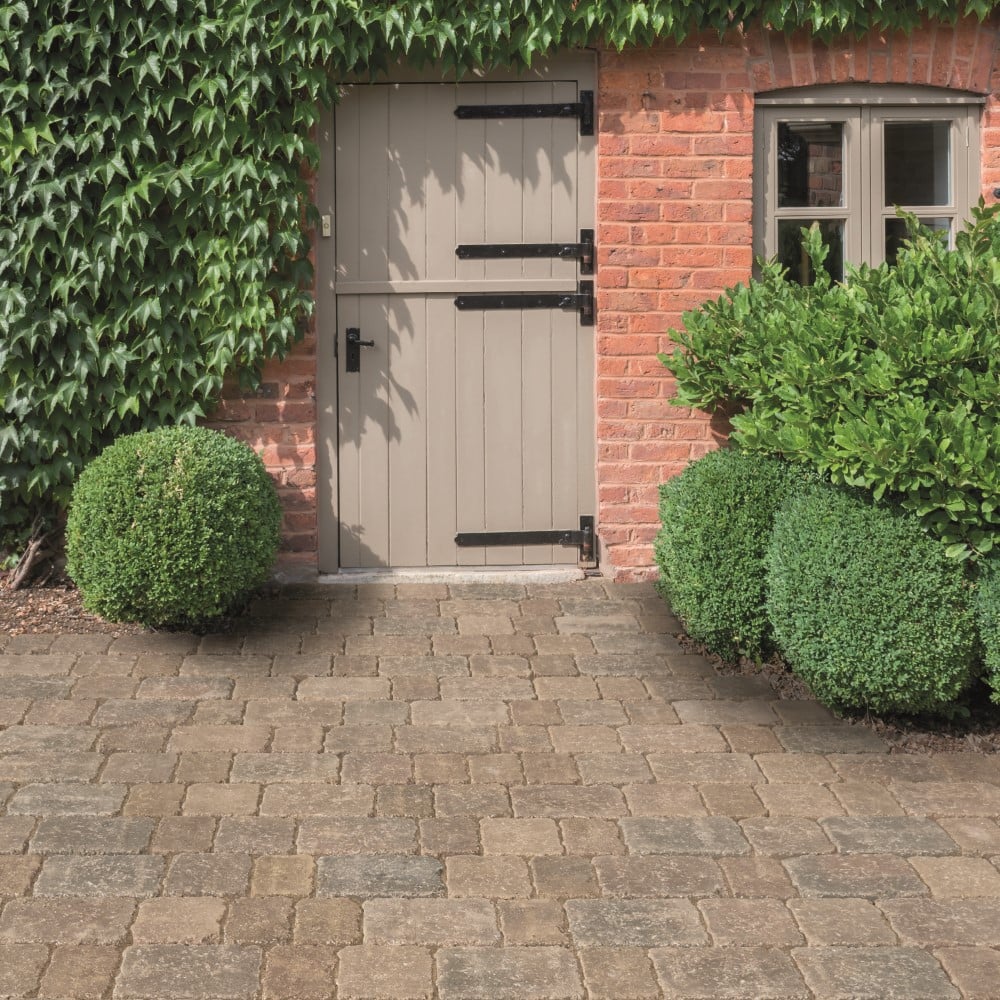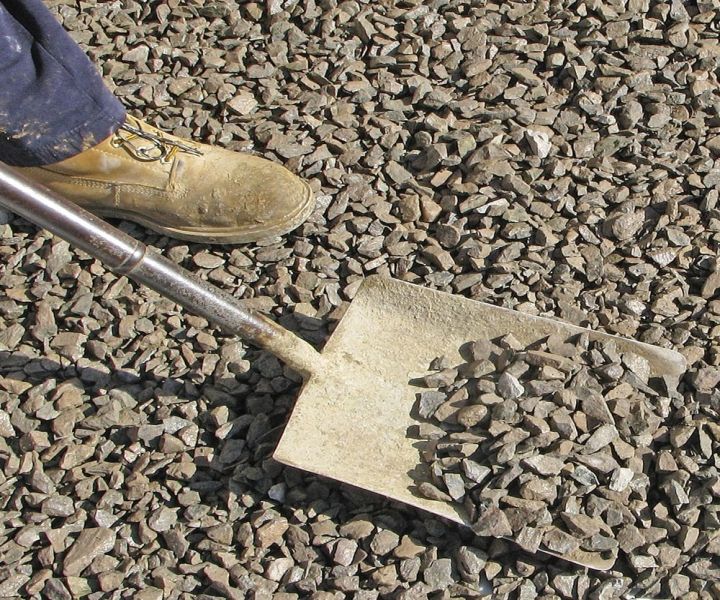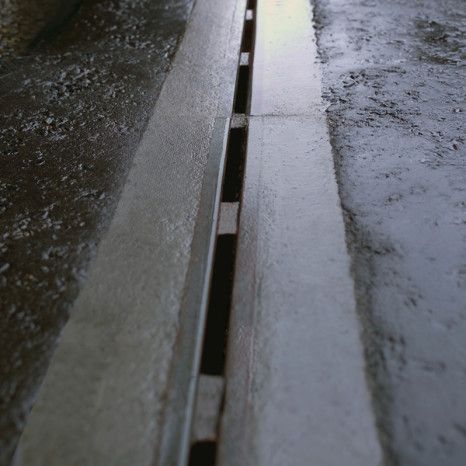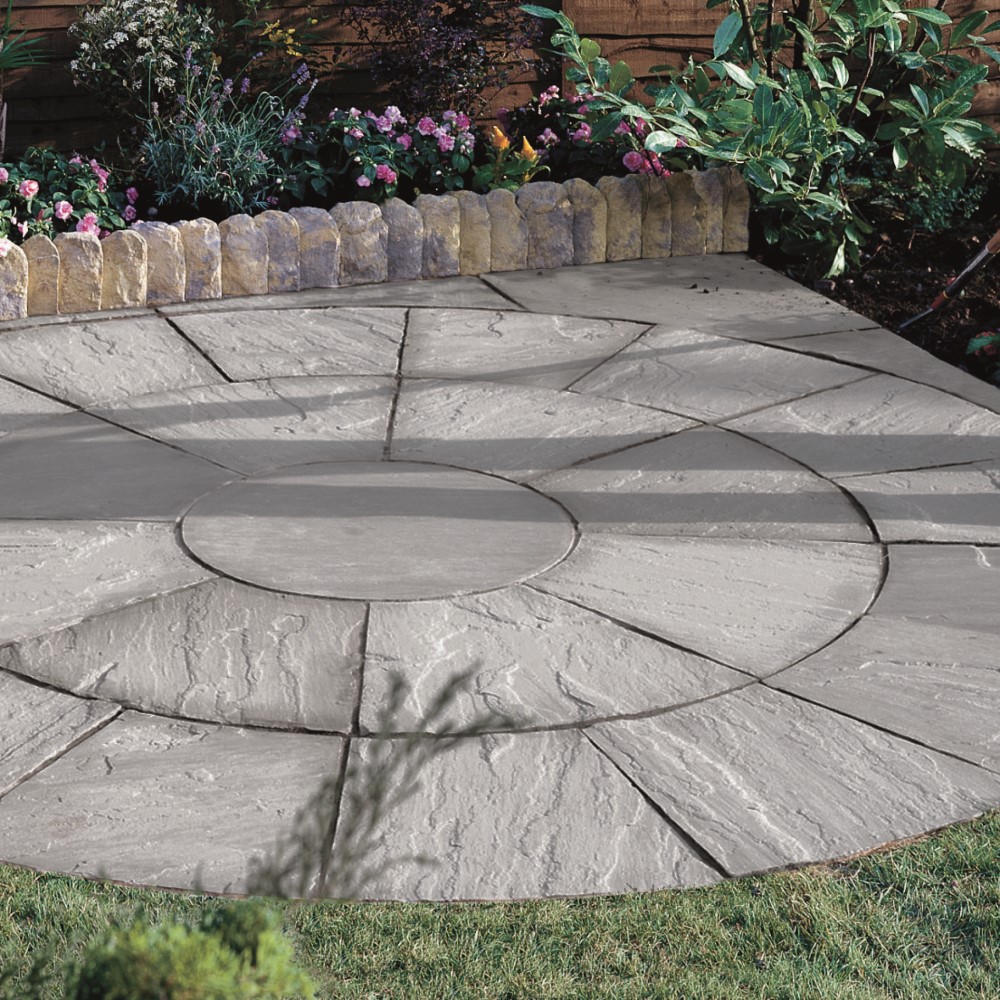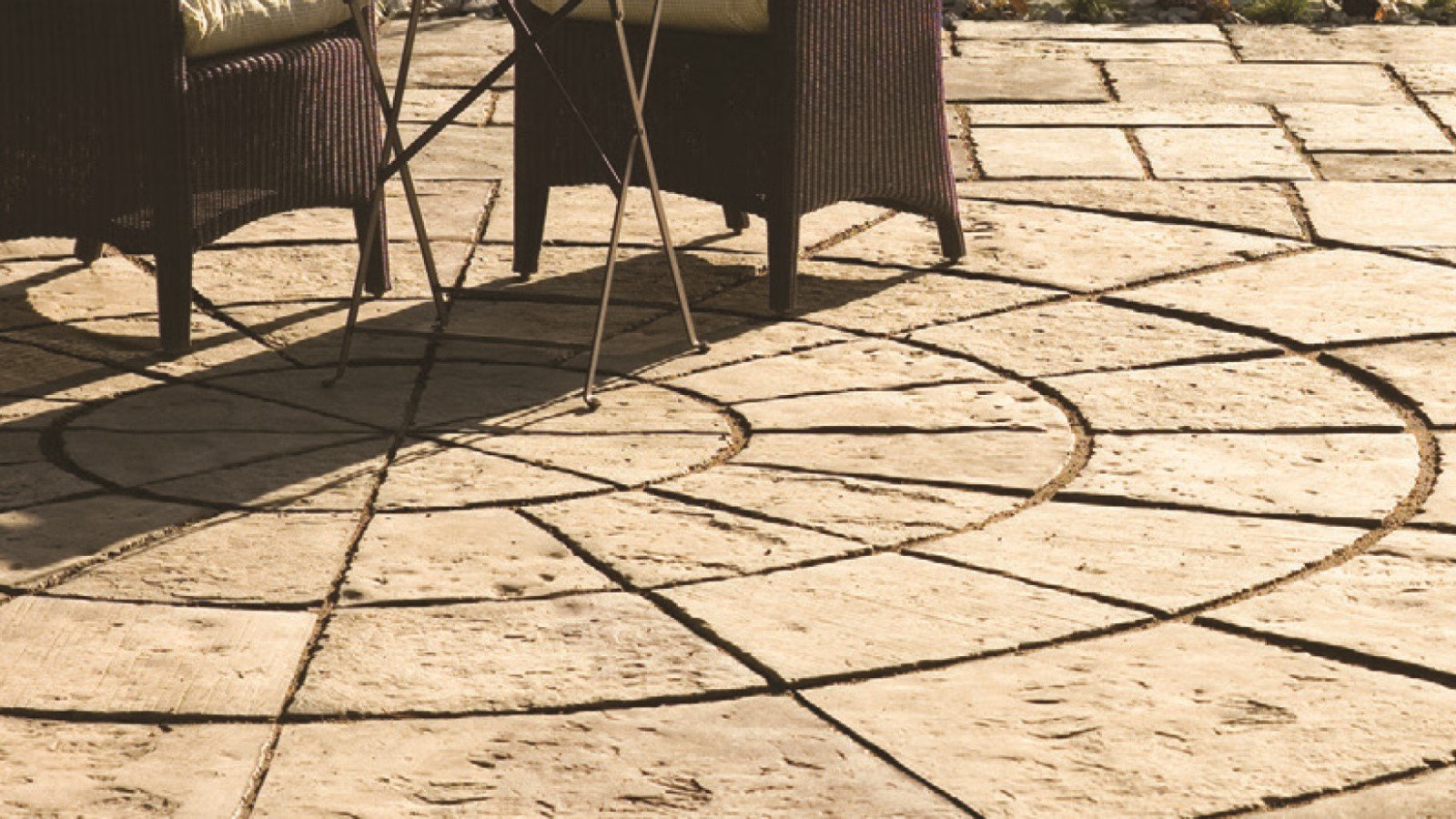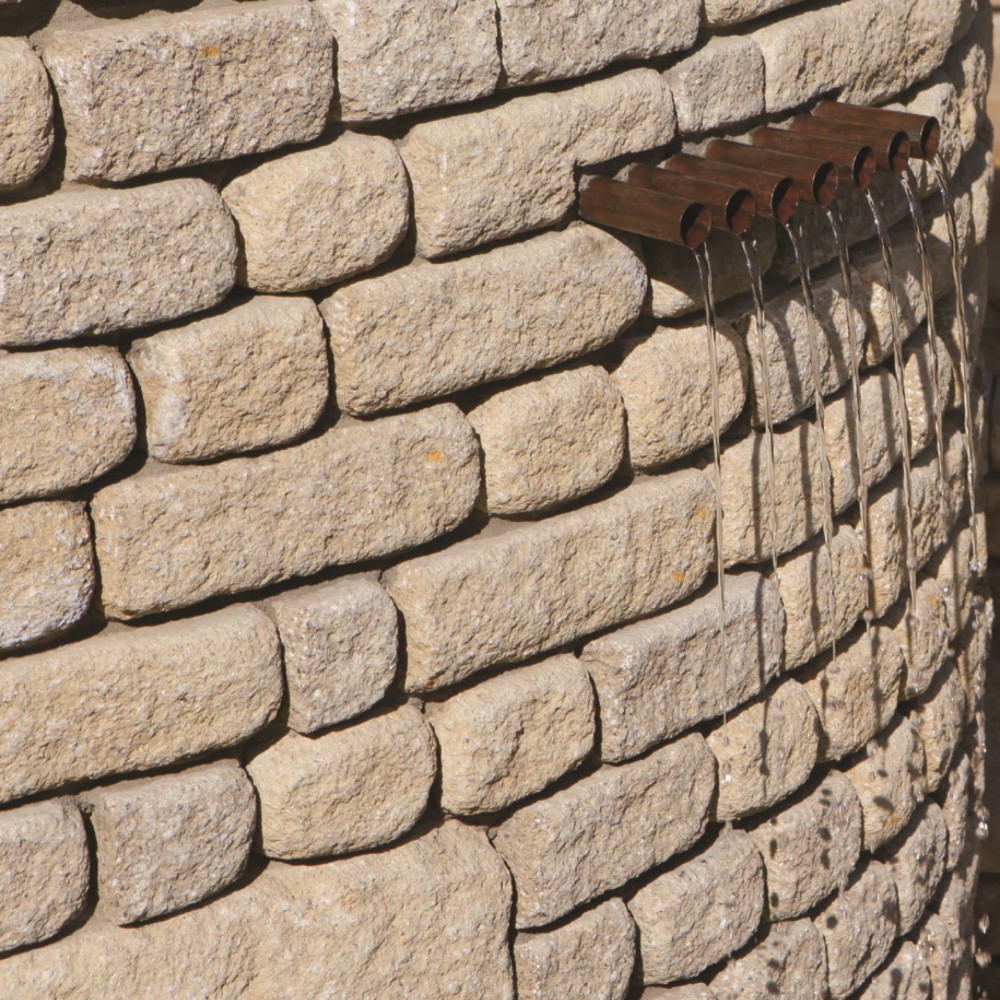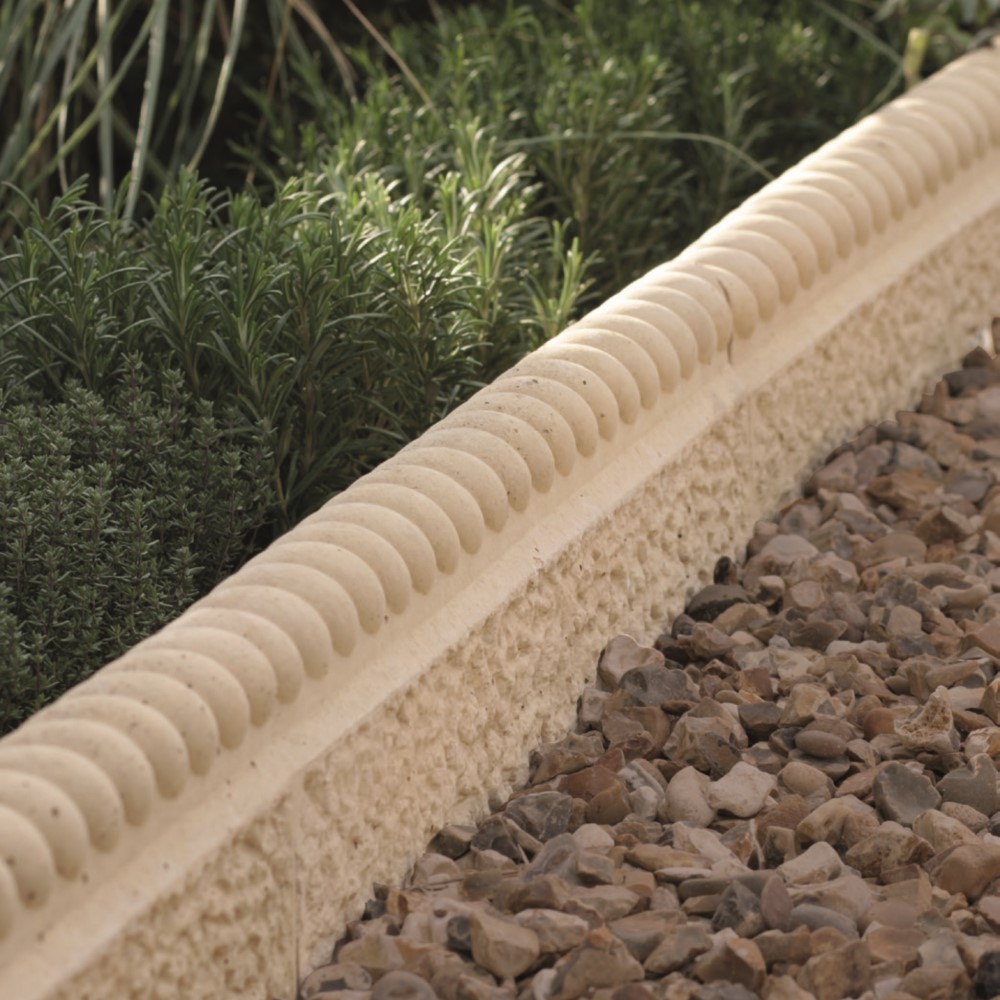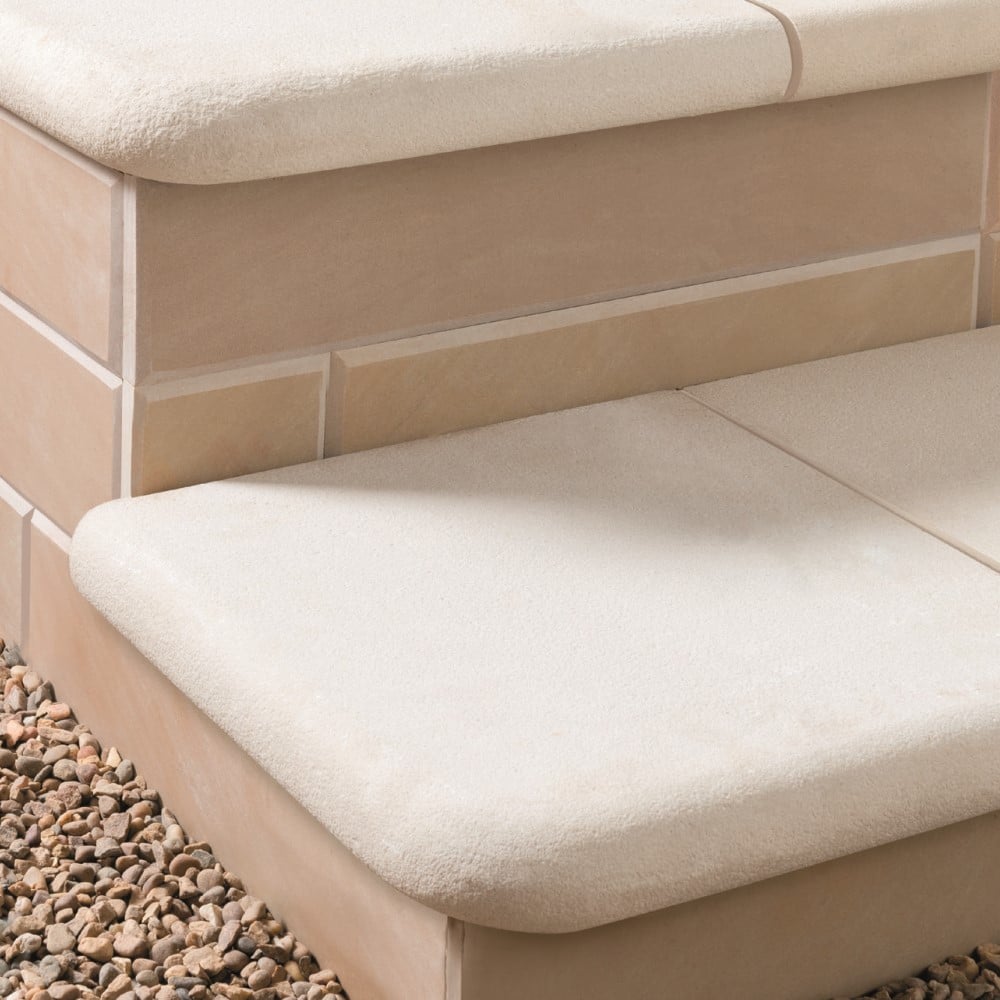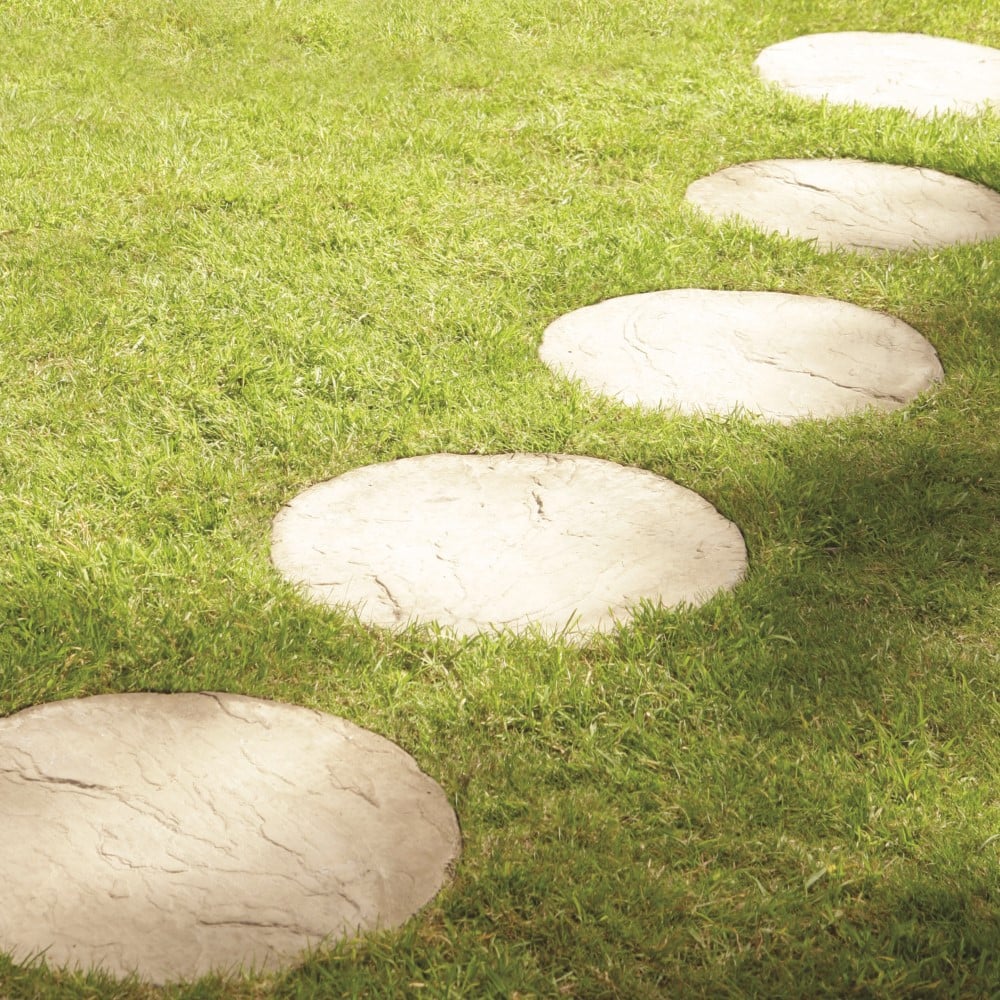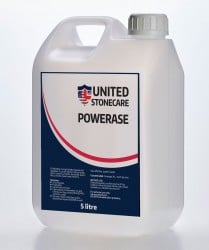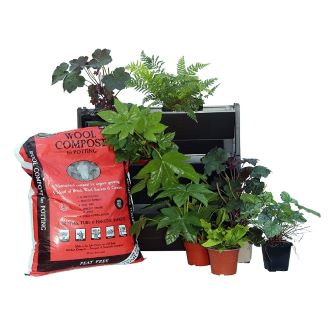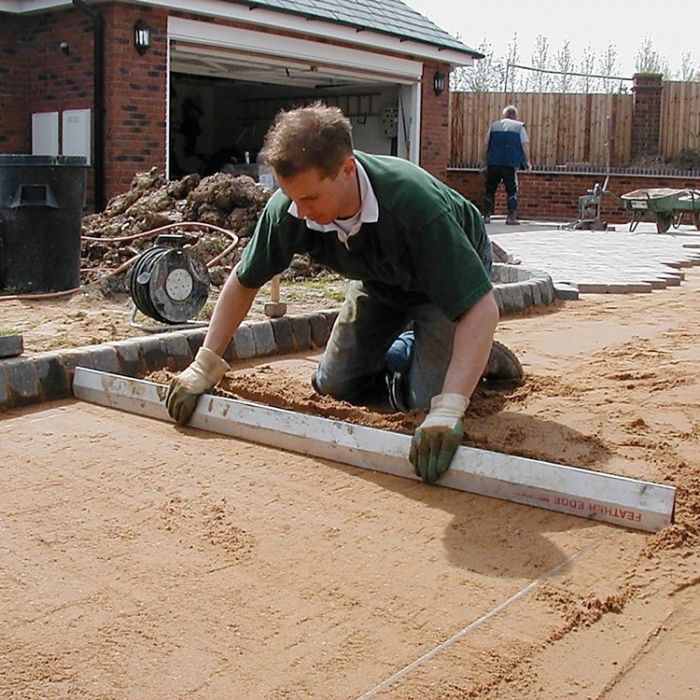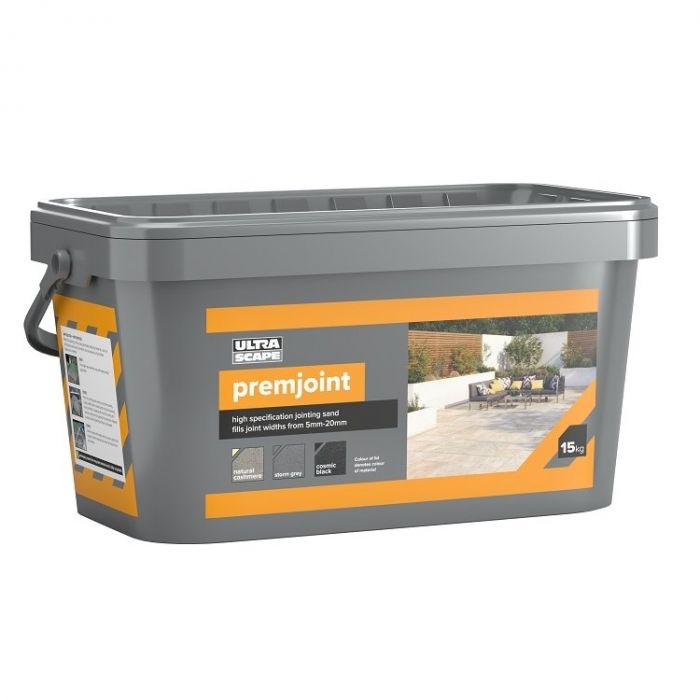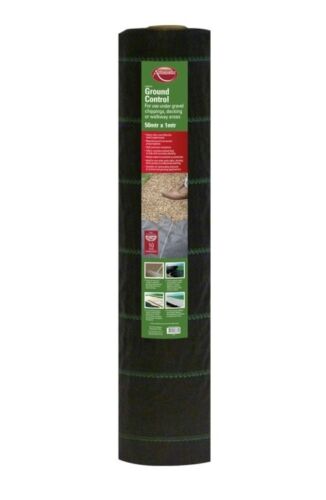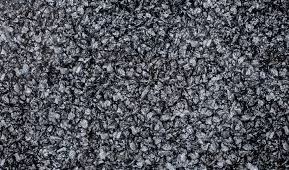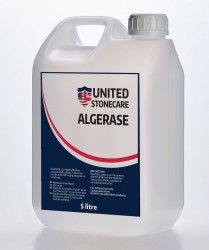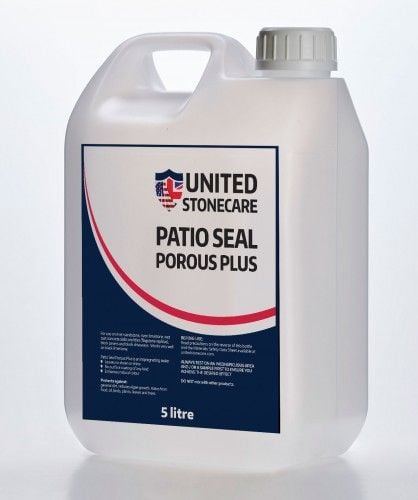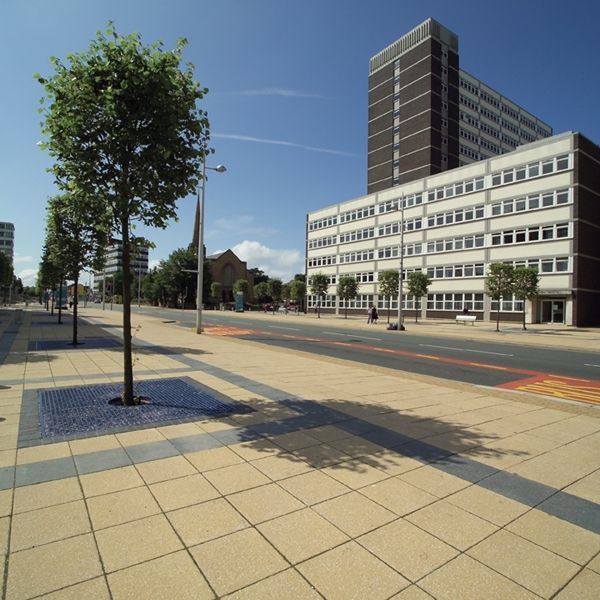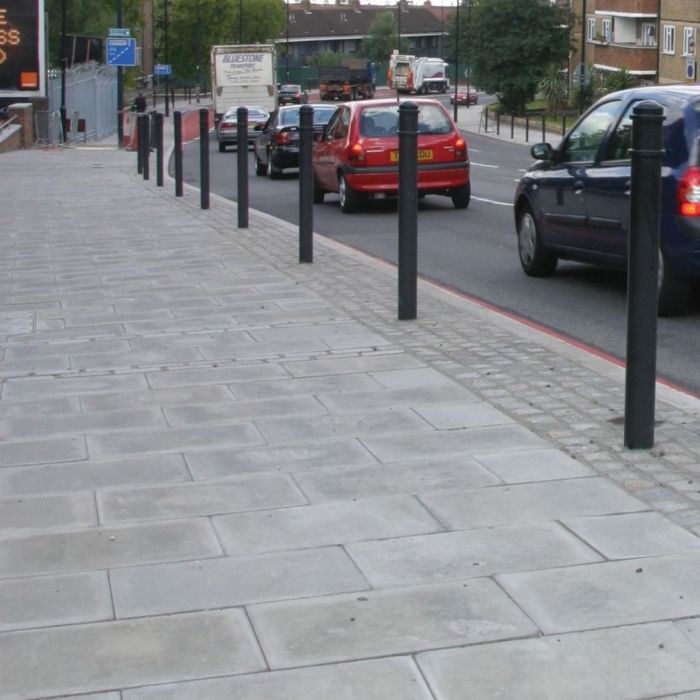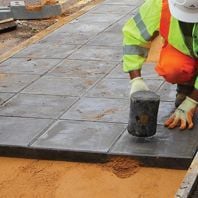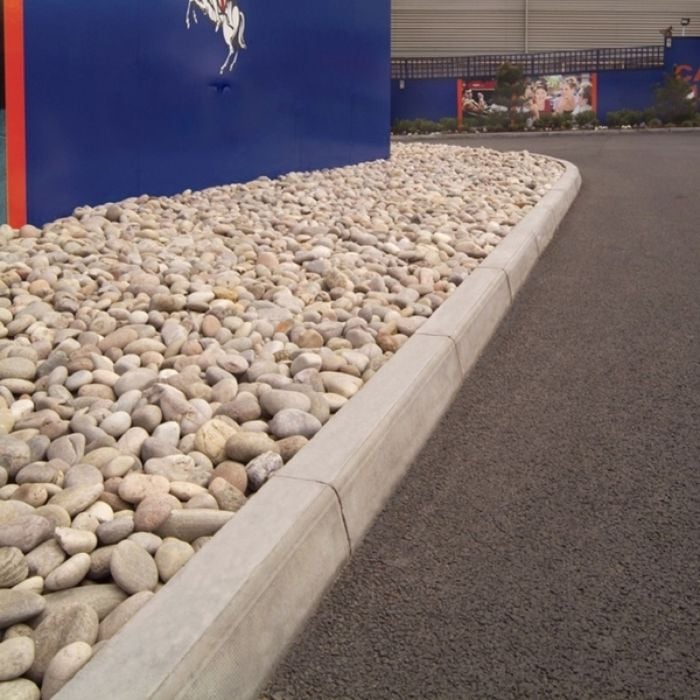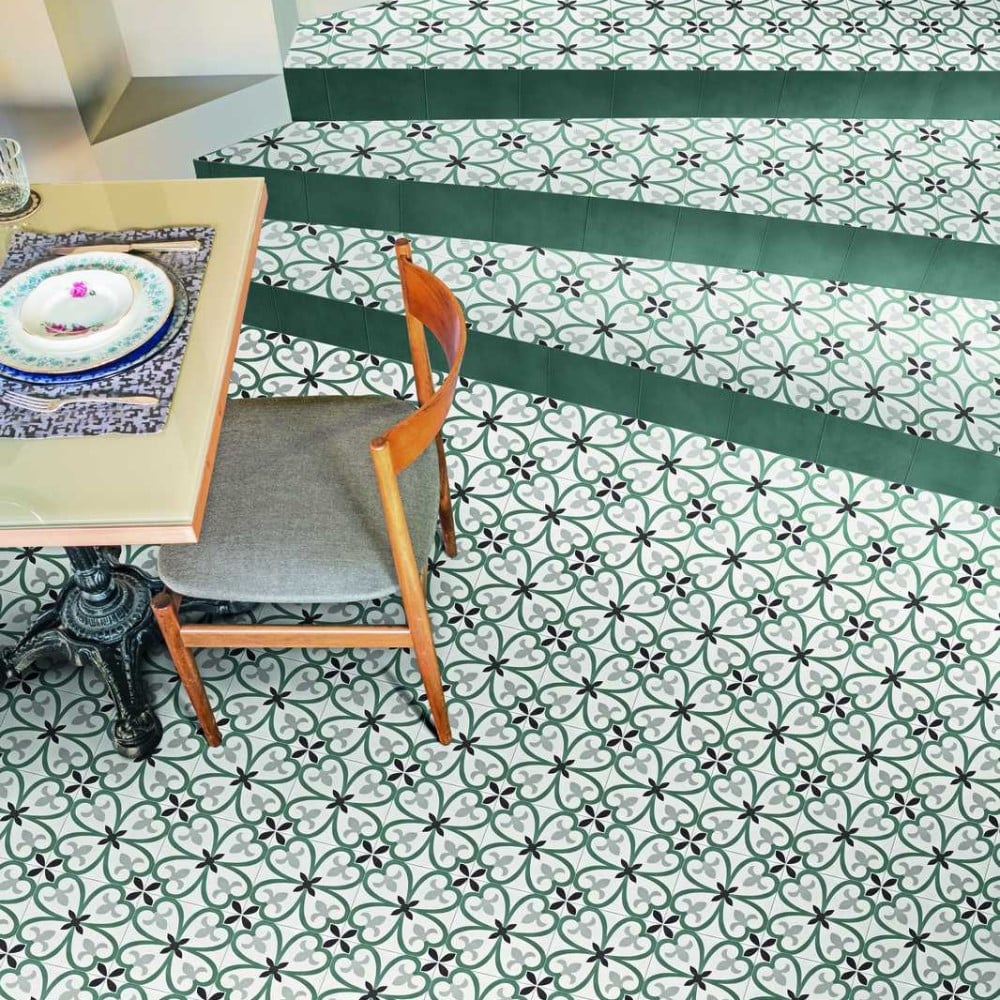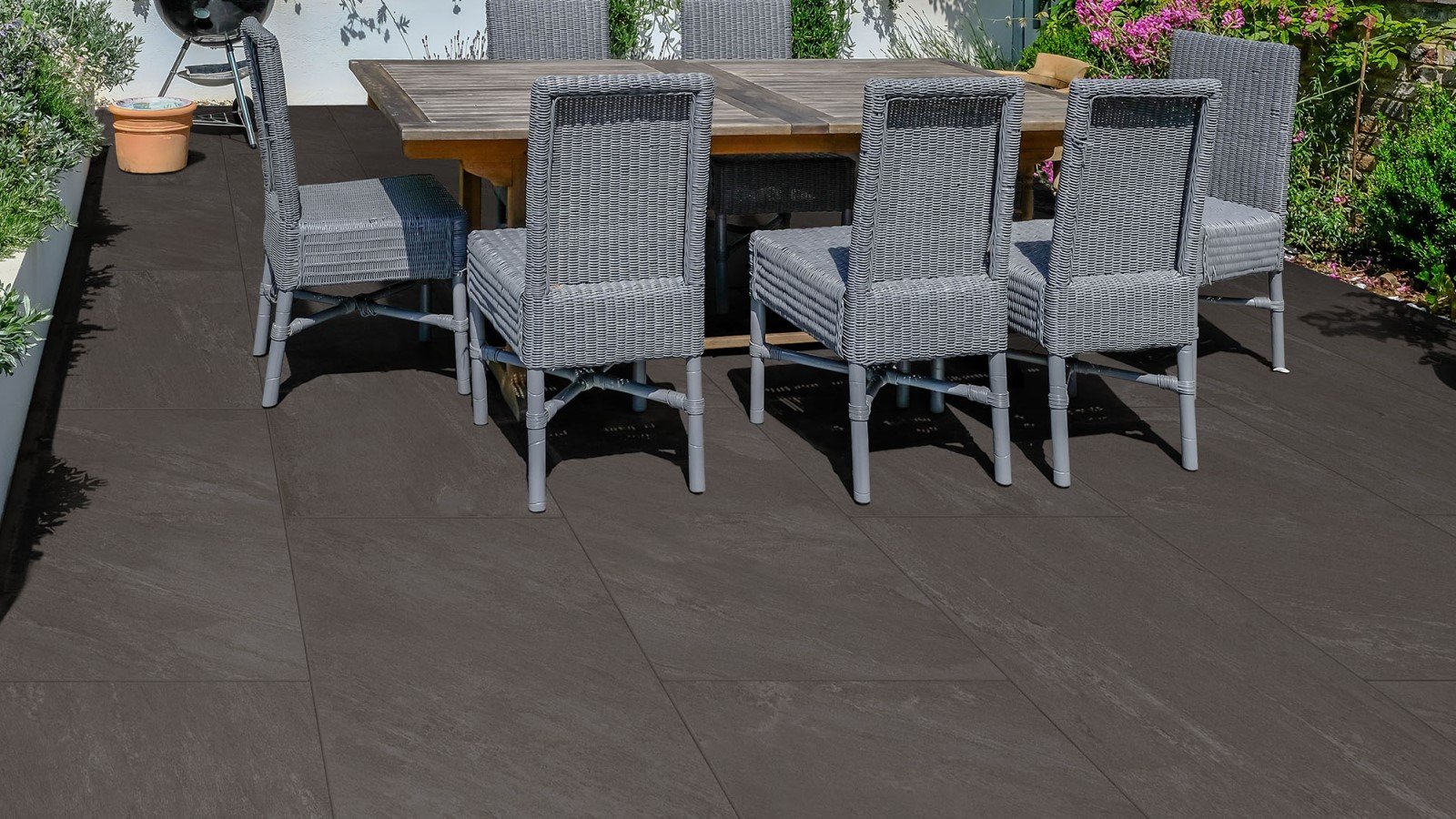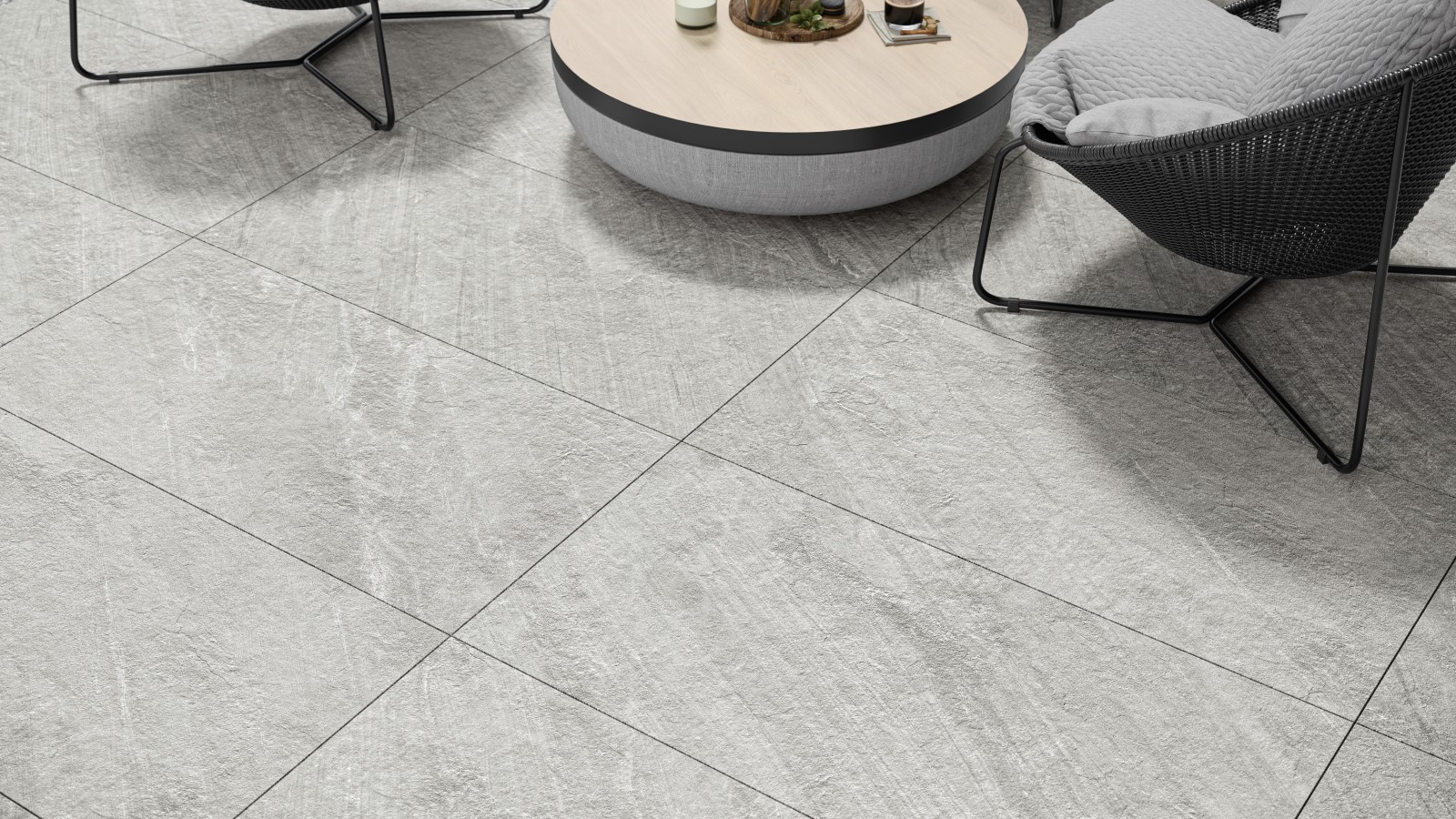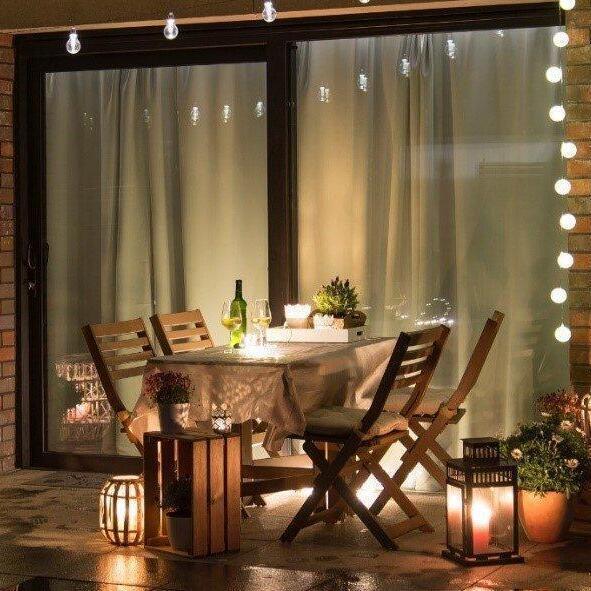Mid-way through your paving planning? Browsed the best paving material for your patio and found the high-end options are more to your taste? You’ve come to the right place.
In this article, you’ll find everything you need to know about the differences between porcelain paving (a man-made mixture of clay and sand) and natural stone (a product quarried from the earth).
From cost considerations to which will look best beneath your barbecue, we’ve summed it all up, here. Let’s get started.
Durability
Shrewd shoppers know that durability is the true ‘value for money’ test; style comes later. The only trouble, of course, is that you can’t tell a paving stone’s durability from sight alone. That’s where we can help.
Our first top tip? Find an outdoor paving slab that deals with the elements effortlessly.
For instance, many of our porcelain options are frost-resistant, moss and algae-free, and stain-resistant. They are also non-porous, which means they absorb less than 0.05% of surface water. As a result, your porcelain paving won’t experience water damage – and you won’t need to buy protective sealants, either.
Fortunately, natural stone is almost as durable as porcelain paving. However, there is one caveat: natural stone can be highly porous, so take this into account if the paved area is exposed to the elements as it could mean more maintenance for you.
The extra effort is worth it, though. If you stay on top of your sealant routine, you will end up with a stunning natural stone patio that stays gorgeous, year after year.
Style
With your practicalities accounted for, you can now move onto style; the fun bit. But is porcelain or natural stone going to look better in your garden?
The answer, simplistically, is ‘it’s up to you’.
Generally speaking, natural stone beautifies traditional outdoor décor with its rustic, textured surface. It is for this reason that natural stone, especially Indian stone, is an age-old prototypical paving material. (For something down the middle between modern and classic, however, there are smooth sandstone and deep-toned limestone varieties.)
Porcelain paving, on the other hand, is most commonly found in contemporary settings, with its refined and consistent finish. Having said this, porcelain paving is an inherently adaptable material that is not limited to modern finishes (it just so happens that contemporary porcelain is usually the most popular).
In fact, porcelain paving has a much wider range of colour, styling and texture options than natural stone. Unique designs, new colour combinations and even natural stone imitations can all be found in our porcelain range.
Price
You know that feeling: poised for purchase, ready to click Add to Basket, only to find your selection is far pricier than you had originally planned? Don’t worry, it’s not going to happen when comparing natural stone vs porcelain – we have all the answers for you.
So, the cost. You may be surprised to learn that natural stone, typically considered a ‘high-ticket’ material, costs less than porcelain. That’s because porcelain paving is manufactured to a high specification, so that the final product is hard-wearing, non-porous and low maintenance. Natural stone is usually just quarried and (sometimes) hand fettled; for many, this element of purity is what makes natural stone a preferable option.
As for why some porcelain paving slabs are more expensive than other porcelain varieties, that usually comes down to the uniqueness of the finish. For instance, the Madera Antigua range has the look of aged timber, but without the associated warping or discolouration of wood; an excellent option if you are stuck between choosing patio or decking.
Installation
You’re nearly there. In fact, you’ve probably already made your decision by now. But wait – have you considered how you’re going to install your paving slabs? After all, porcelain paving and natural stone have very different laying techniques.
Namely, there are more steps to laying porcelain paving than those for natural stone. That’s because porcelain, as a non-porous material, doesn’t bind to mortar as easily as other paving slabs. As such, porcelain requires the use of a slurry primer to help secure the slabs to the laying course.
When you compare this with porous materials, you soon find that natural stone is simpler to lay. Typically, you only need a semi-dry bed of sand and cement for this paving material - along with the appropriate site preparation, of course.
Confident you’ve chosen the right paving material for you? Browse the rest of our porcelain and natural stone range to broaden your selection, or for more information, please call us on 0800 032 6306 or start a live chat.

